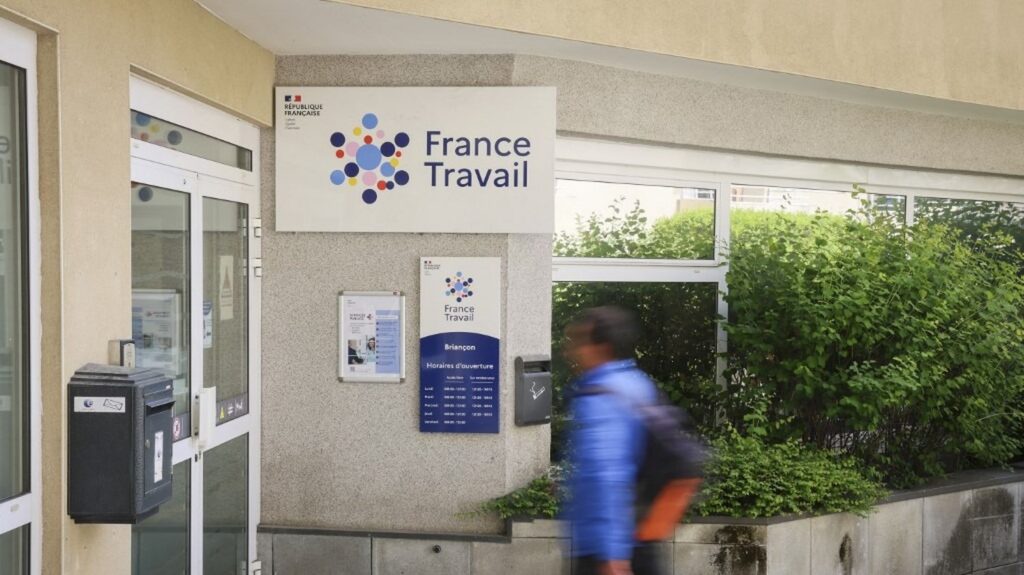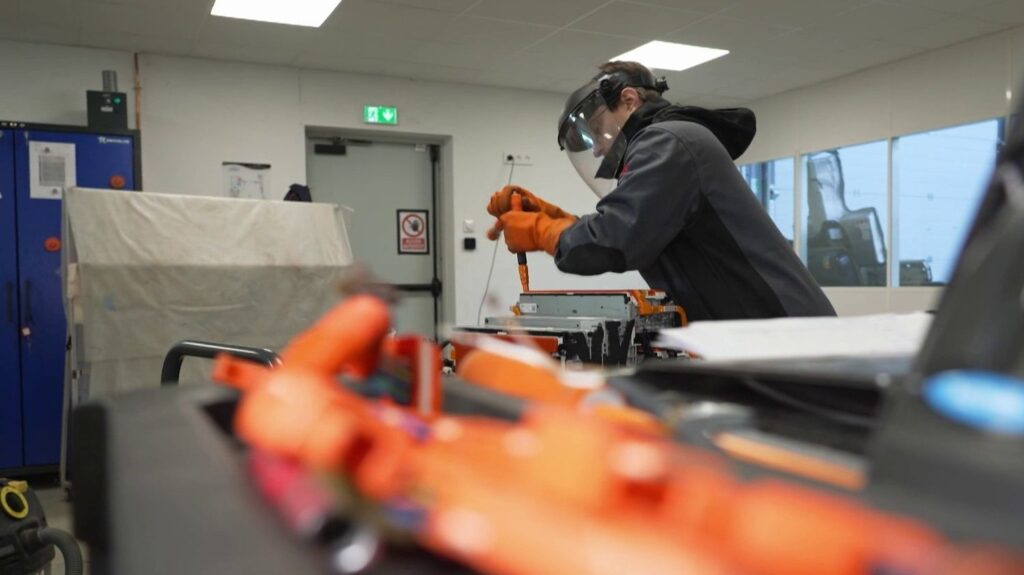The government hoped to save up to three billion euros by reducing the number of state agencies, but the Senate estimates that 500 million already represent an ambitious objective. Multipled since the 1990s, these administrative structures with blurred missions today form a sprawling system that the State is struggling to master.
/2023/07/07/64a7df4c5fe71_placeholder-36b69ec8.png)
Published
Reading time: 3min
/2025/07/04/francetravail-68677275a2a5e160574364.jpg)
The government hoped to save up to three billion euros by reducing the number of state agencies, but the Senate estimates that 500 million would already be an ambitious objective. Multipled since the 1990s, these administrative structures with blurred missions today form a sprawling system that the State is struggling to master.
François Bayrou will present his orientations for the budget on July 15. The government is looking for savings everywhere. Amélie de Montchalin, the Minister of Public Accounts planned, a few weeks ago, to find two to three billion euros by cutting into state agencies. It will ultimately be much less, since we will come painfully at 540 million euros, if we believe the report of the Senate published Thursday July 4 on the missions of the agencies of the French State.
After five months of hearings and surveys, the senators screened the missions and operating methods of the 434 operators, the 317 advisory organizations and the 1,153 national public organizations existing in France. Their observation is clear: since the 1990s, the creation of structures with various statutes, on the sidelines of the ministries has been multiplied to deal with technical, complex problems, but also to implement public policies, and even sometimes bypass administrative bureaucracy.
Faced with a problem encountered, the option chosen by the various governments has often been to create a commission: ADEME to take care of environmental subjects, France Work to manage job seekers, France Skills for training, etc. The use of agencies, however, aimed at gaining flexibility and expertise. Over time, these structures with fuzzy perimeters and poorly controlled workforce have stacked. The state has created an administrative and opaque monster of nearly 2,000 organizations. We no longer know who to contact, nor who does what. The state no longer masters this monster. The funding circuits escape him.
Some agencies have become real states in the state, such as regional health agencies. Senators encourage to regain control, bringing certain skills to the fold of the state. According to them, for example, the Agency for Urban Renovation (ANRU) should gradually transfer the management of the completion of its programs to the prefectures. Ditto for the Environment and Energy Management Agency (ADEME), which cannot be done with constant missions. In other words, certain services will no longer be insured.
Initially, senators believe that a 20% reduction in the cost of these agencies would already be “Very proactive”And would save around 500 million euros. We are far from the expected arithmetic miracle.


